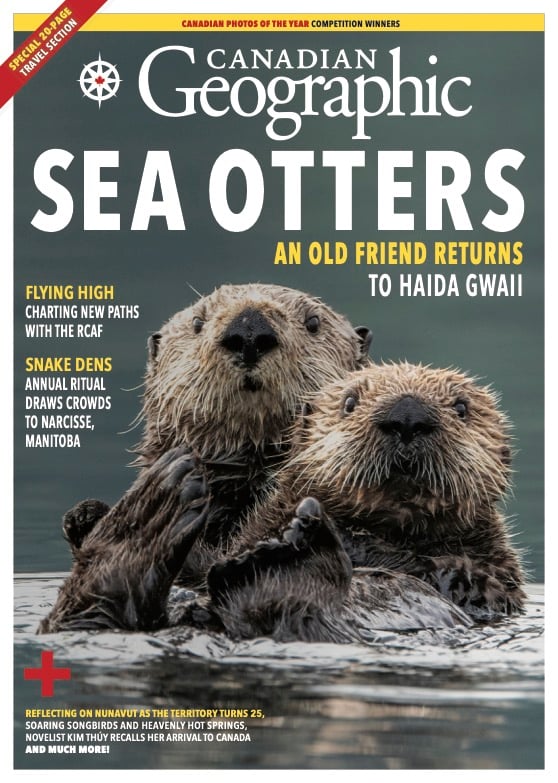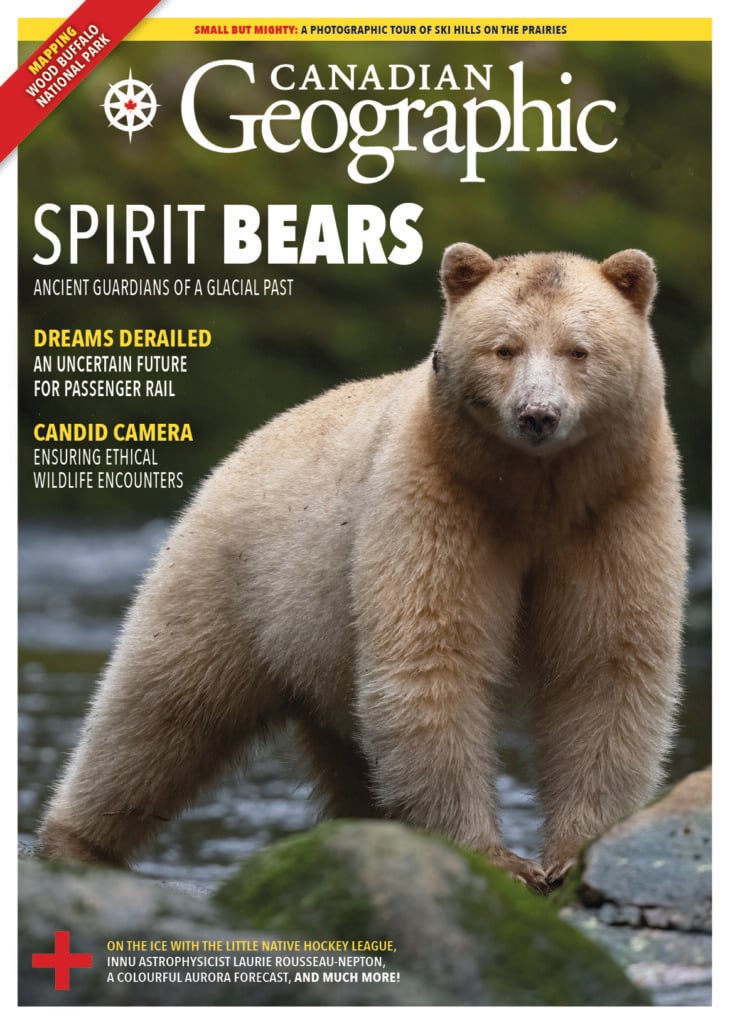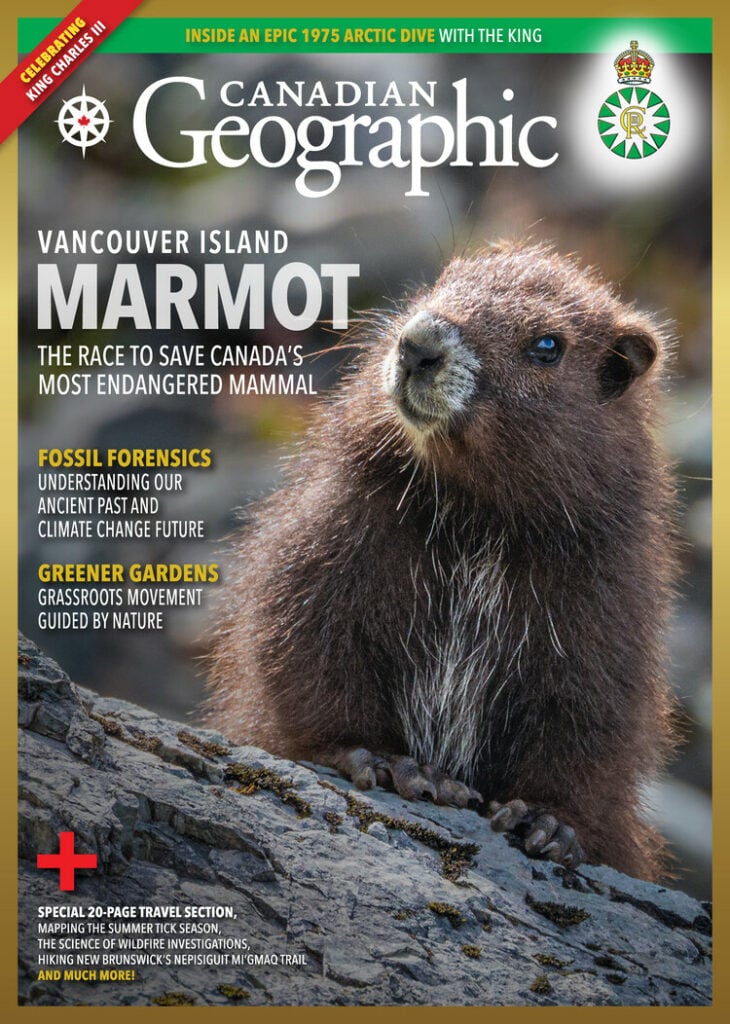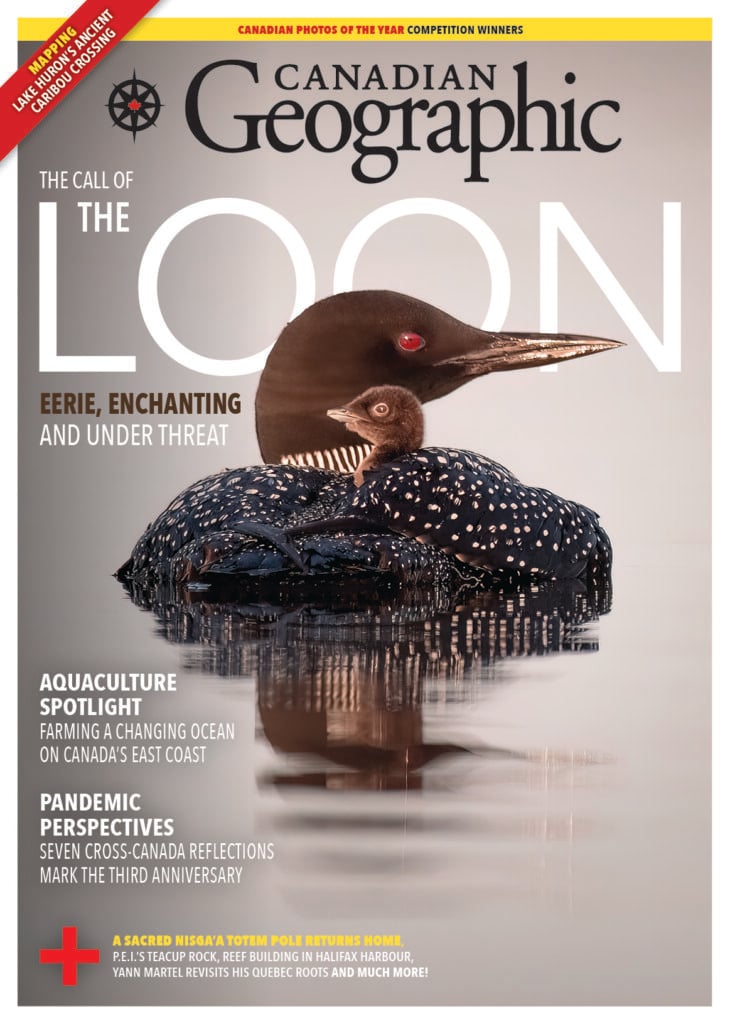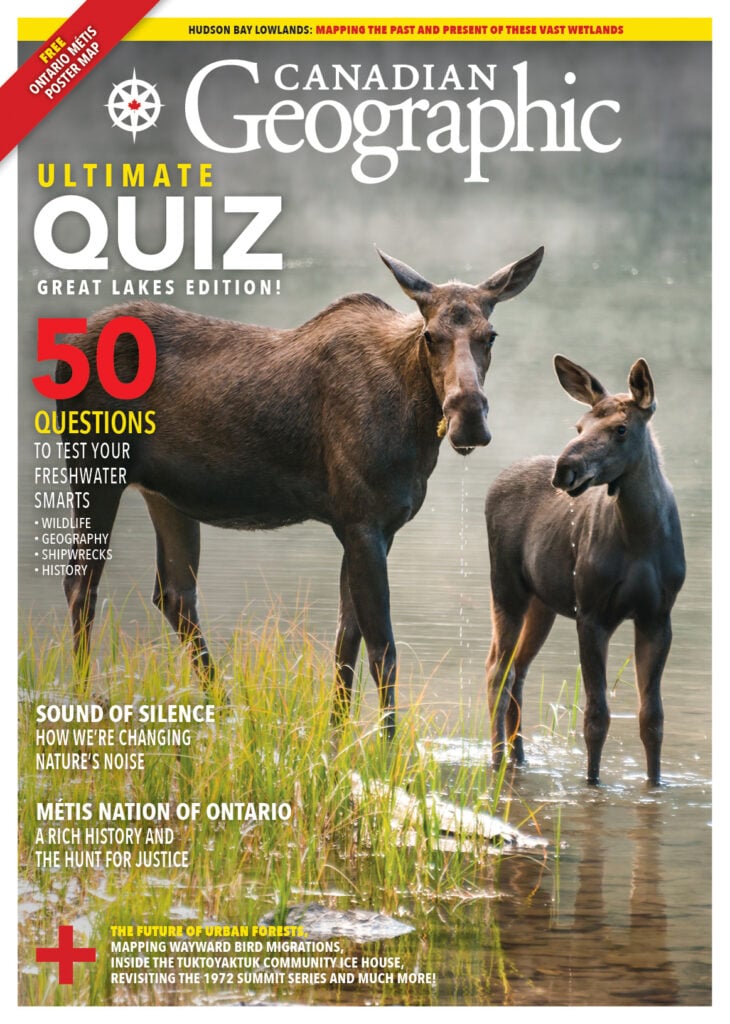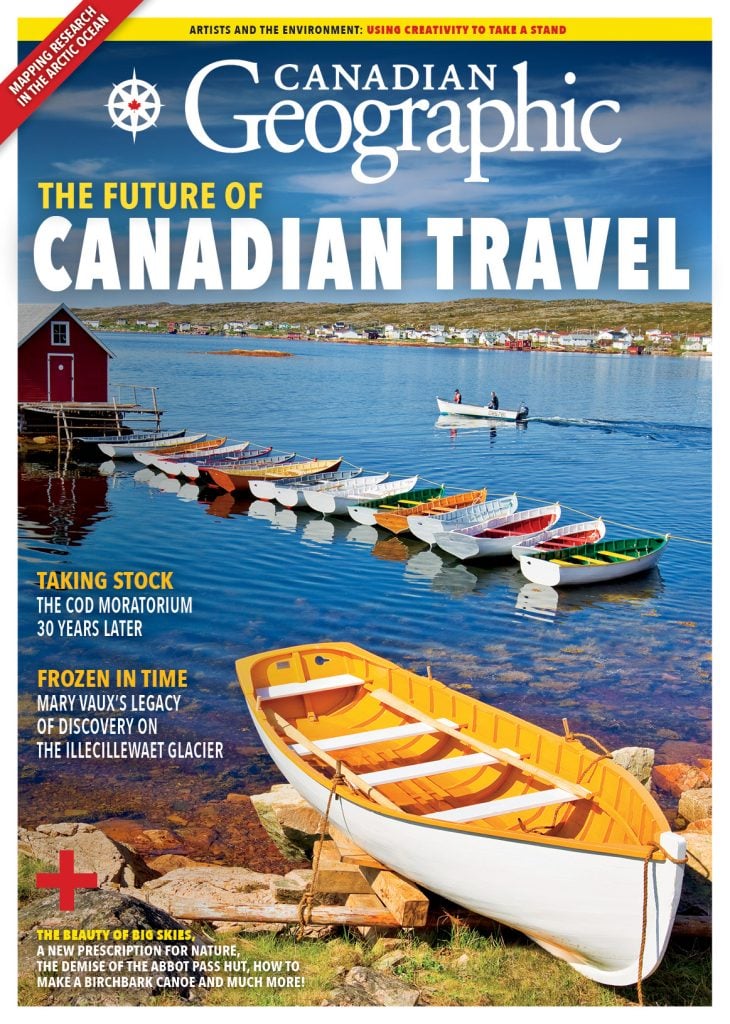Most Recent

Wildlife
Excerpt from The Bee Mother
In this beautifully illustrated book, readers will learn about the essential role of the bumblebee, honeybee and yellow jacket wasp in the Xsan ecosystem
- 704 words
- 3 minutes

Travel
Tide and joy: New Brunswick’s culinary delights
From learning the secret of hand-dipping chocolate to dining on lobster aboard a cruise, New Brunswick’s growing food scene boasts plenty of new culinary experiences
- 622 words
- 3 minutes

Wildlife
The butterfly redemption
How scientists, volunteers, and incarcerated women are finding hope and metamorphosis through supporting a struggling butterfly
- 4011 words
- 17 minutes

People & Culture
Languages of the land: Tsé Itzoh/Louise Profeit-LeBlanc on soh thun, dealing with life
In the third part of the “Languages of the Land” digital series, the storyteller, artist and choreographer speaks to Canadian Geographic on life’s teachings and working together
- 801 words
- 4 minutes
ICYMI: Highlights from our recent issue

People & Culture
As the RCAF turns 100, Cyle Daniels begins their own journey with the storied service
A century after its creation, the RCAF is evolving to create space for Indigenous youth
- 2677 words
- 11 minutes
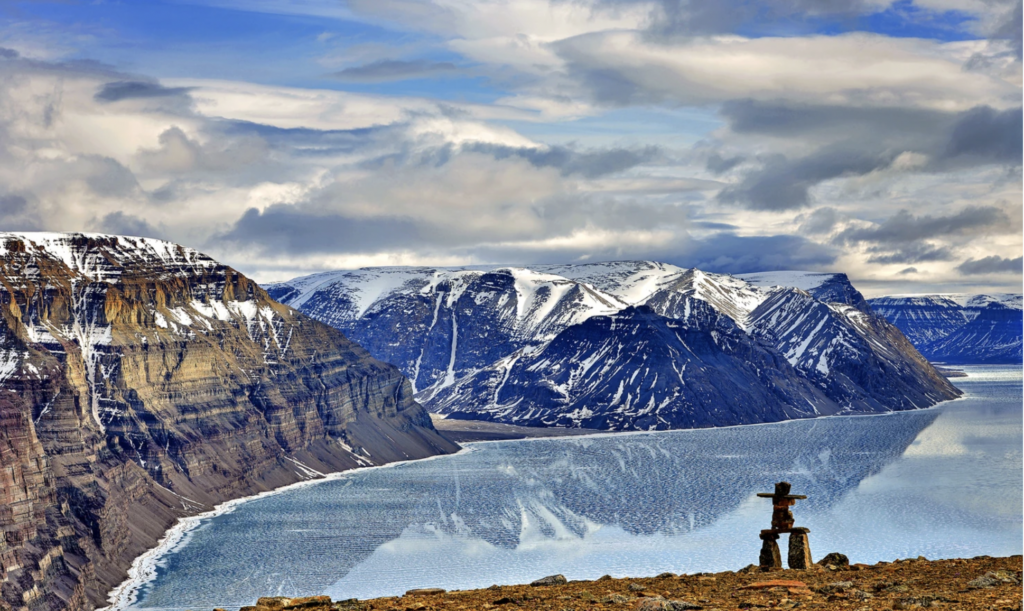
Mapping
Knowing Nuna
As the territory turns 25, a call for an Inuit self-determined future in Nunavut
- 592 words
- 3 minutes
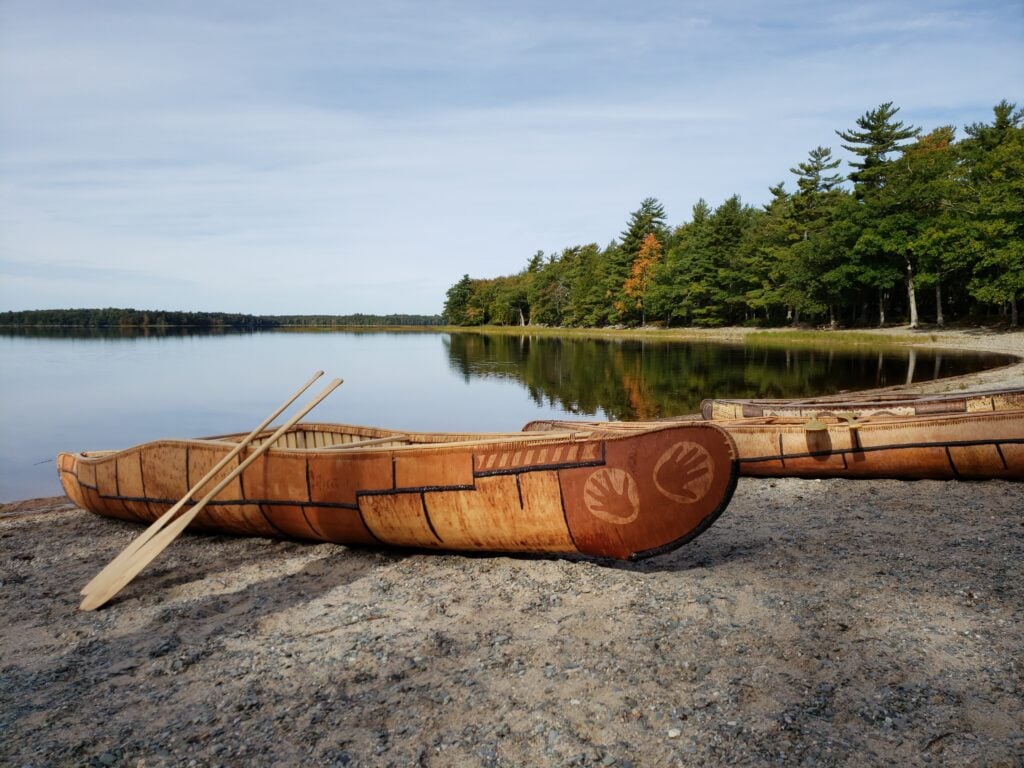
Travel
The untold story of the “Canadian Mayflower:” A family roots journey in Nova Scotia
A pilgrimage to Kejimkujik reveals centuries-old connections between descendants of Nova Scotia’s first Scottish settlers and the Mi’kmaq who saved them
- 2441 words
- 10 minutes

History
Here comes the sun: Canada’s first astronomical observatory
Fredericton, home to the William Brydone Jack Observatory, will be one of the few Canadian cities to experience the total solar eclipse that crosses North America on April 8
- 742 words
- 3 minutes
Springtime travel
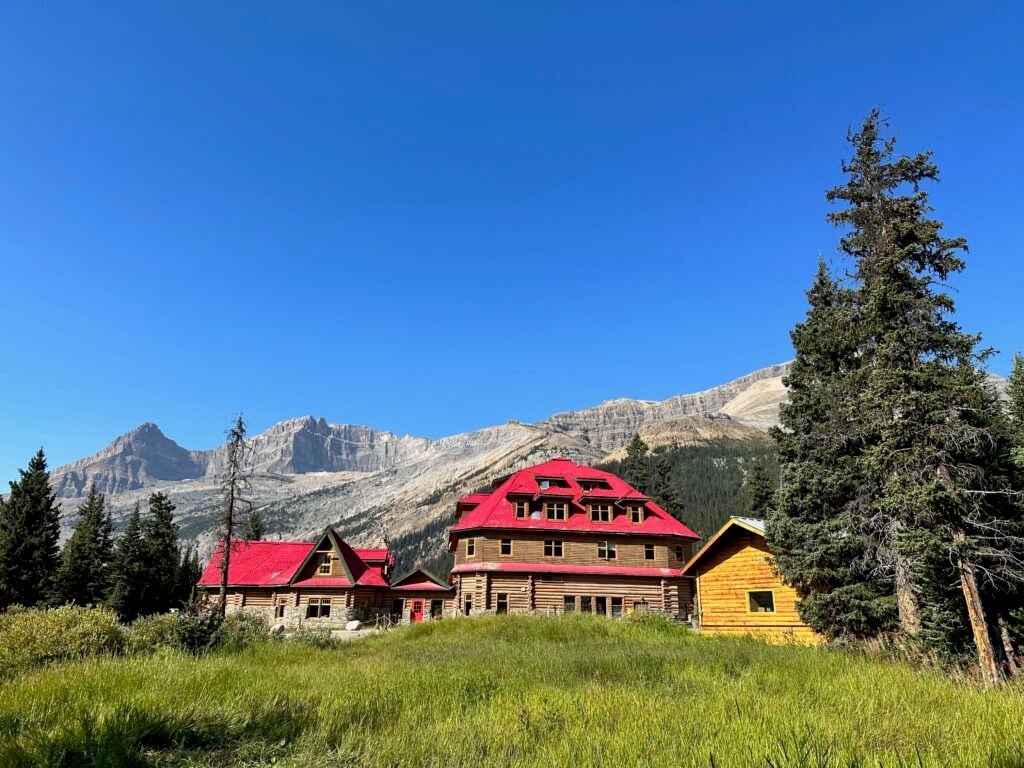
Travel
Lodge at Bow Lake: A cozy retreat among the peaks
Recently renovated and renamed, the Lodge at Bow Lake (formerly Num-Ti-Jah Lodge) immerses guests in the history of Rocky Mountain exploration
- 828 words
- 4 minutes
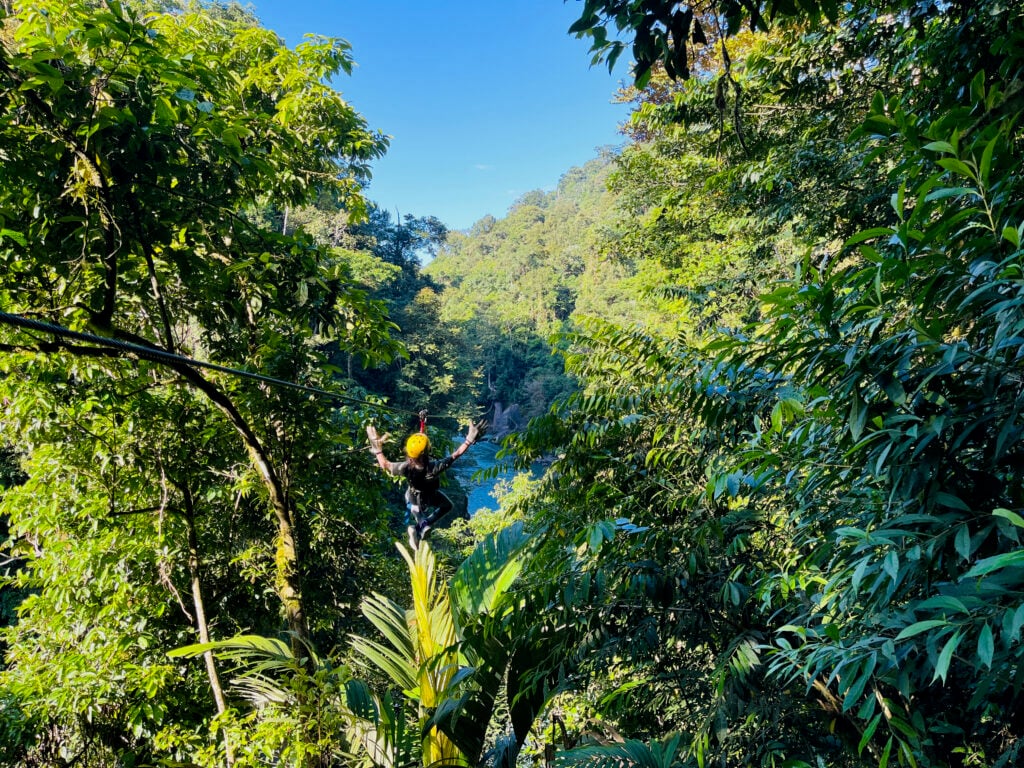
Travel
Creating legacies on Costa Rica’s Pacuare River
The ultimate rainforest retreat complete with eco-adventures, hands-on education and adrenaline-inducing activities amidst tropical jungle scenery
- 1494 words
- 6 minutes
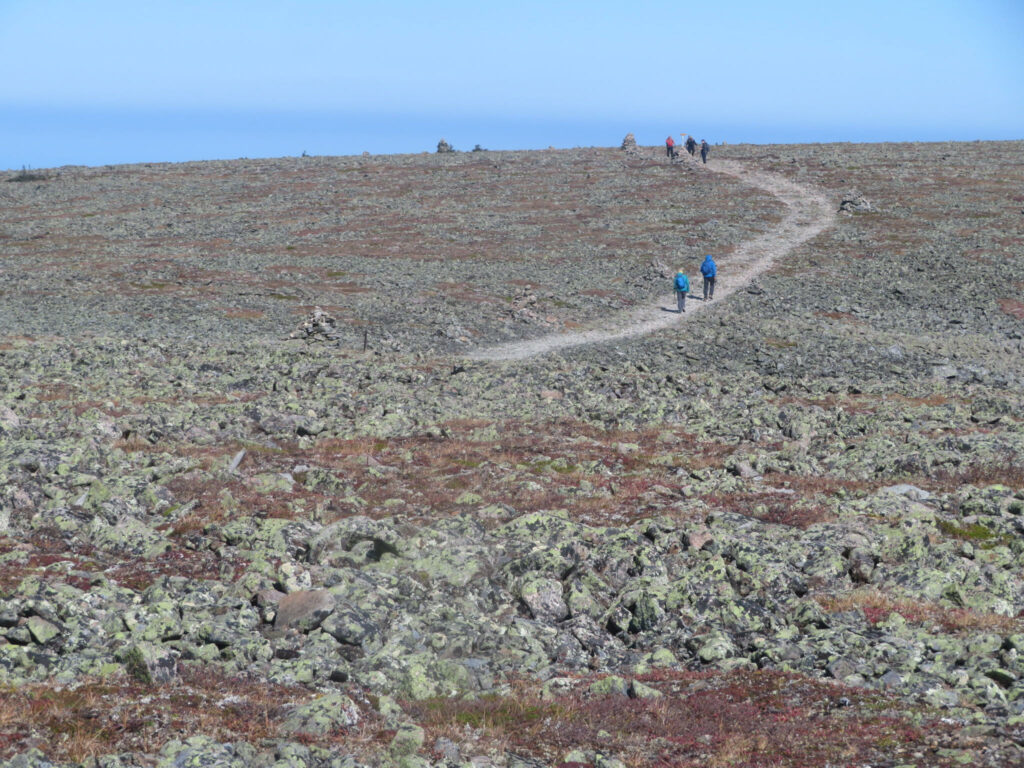
Travel
Hiking on the Gaspé Peninsula
A five-night, four-day adventure through Québec’s Gaspé Peninsula, full of mountain peaks, sweeping landscapes and close moose encounters
- 1902 words
- 8 minutes
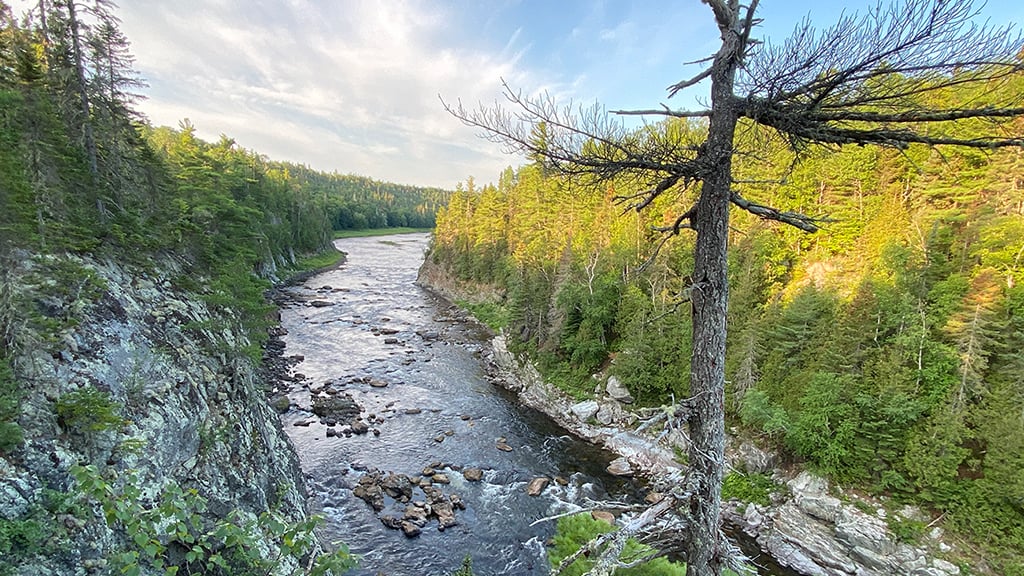
Travel
New Brunswick’s wildest adventure: Hiking the millennia-old Nepisiguit Mi’gmaq Trail
An ancient Mi’gmaq migration route that follows the Nepisiguit River’s winding route to the salt waters of Chaleur Bay, the Nepisiguit Mi’gmaq Trail is now one of the world’s best adventure trails
- 2648 words
- 11 minutes
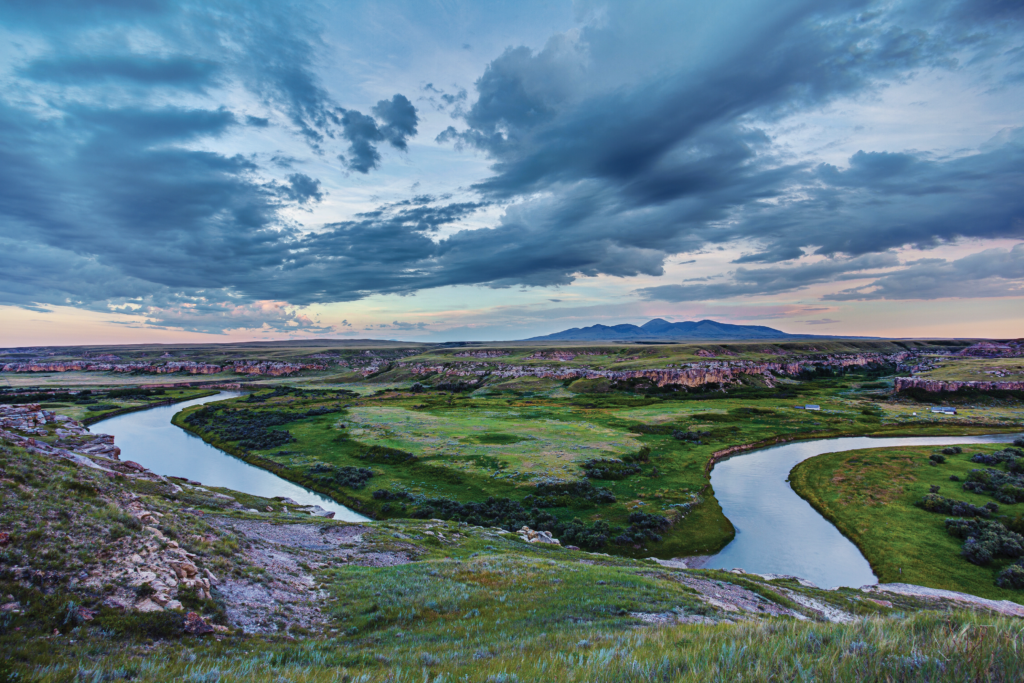
Travel
Canoeing in Alberta: A mystic trip down Milk River
A Southern Alberta paddling destination lined with fascinating geological formations and First Nations rock art
- 1695 words
- 7 minutes
In-depth interviews
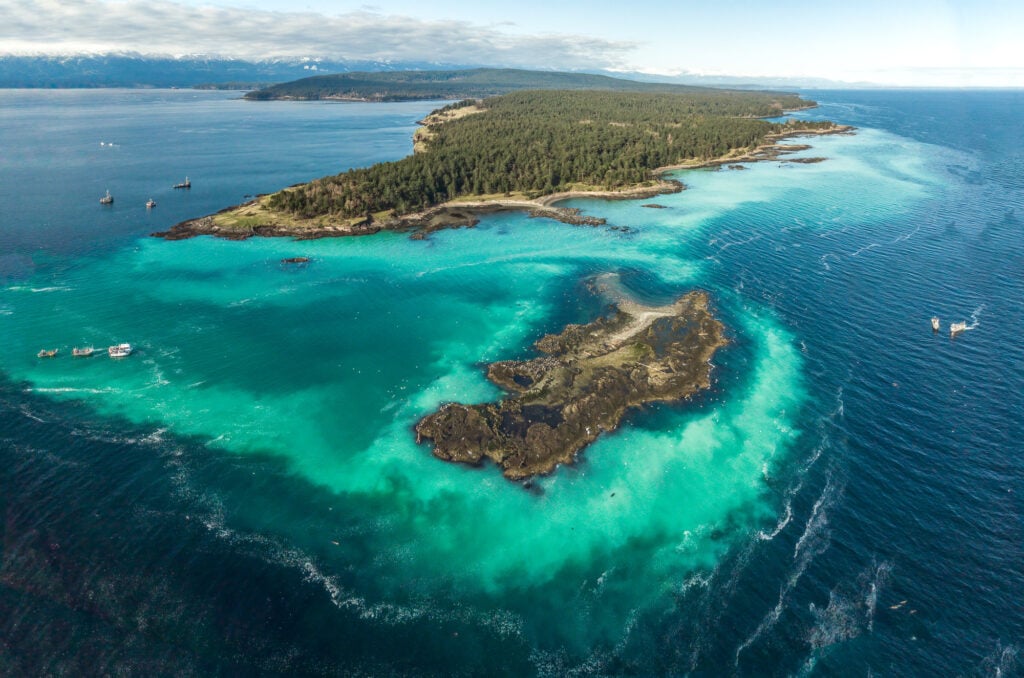
Wildlife
Documenting the herring run
Conservation photographer Kali Wexler marvels at the annual event in the coastal waters around Vancouver Island — and explains why it is so critical to the ecosystem
- 823 words
- 4 minutes
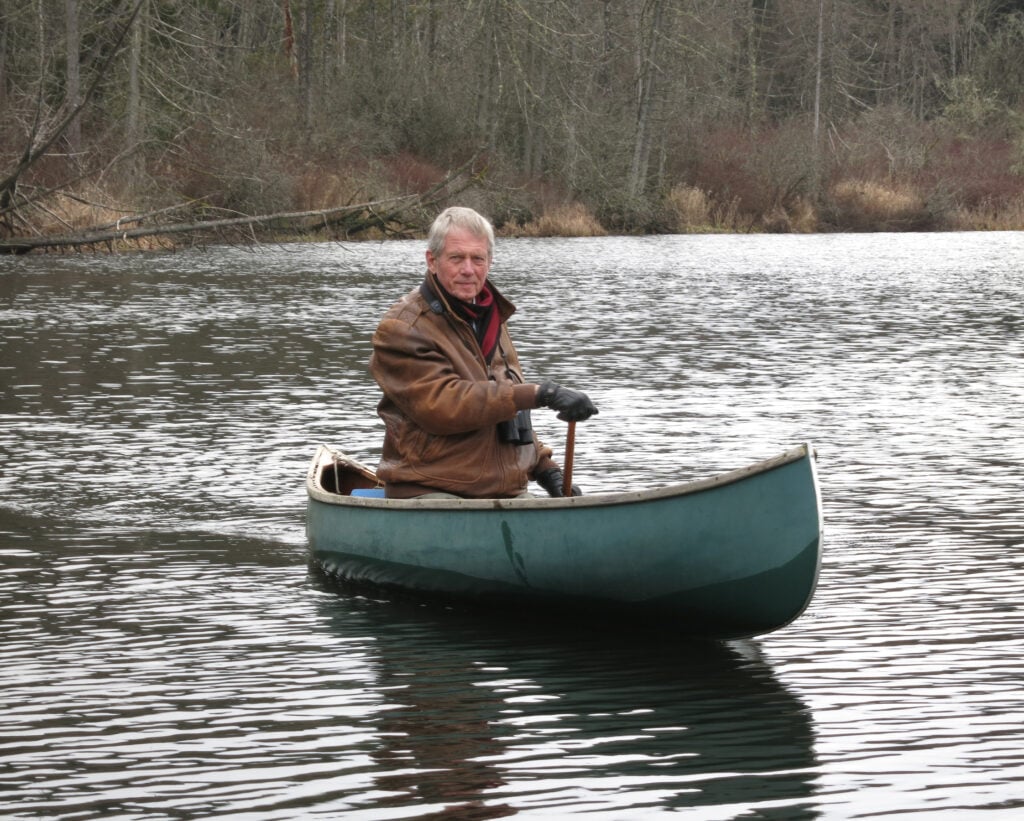
People & Culture
Robert Bateman on life, art and mice
At 94, Canada’s venerable naturalist painter reflects on a long career making art and keeping it real
- 1142 words
- 5 minutes
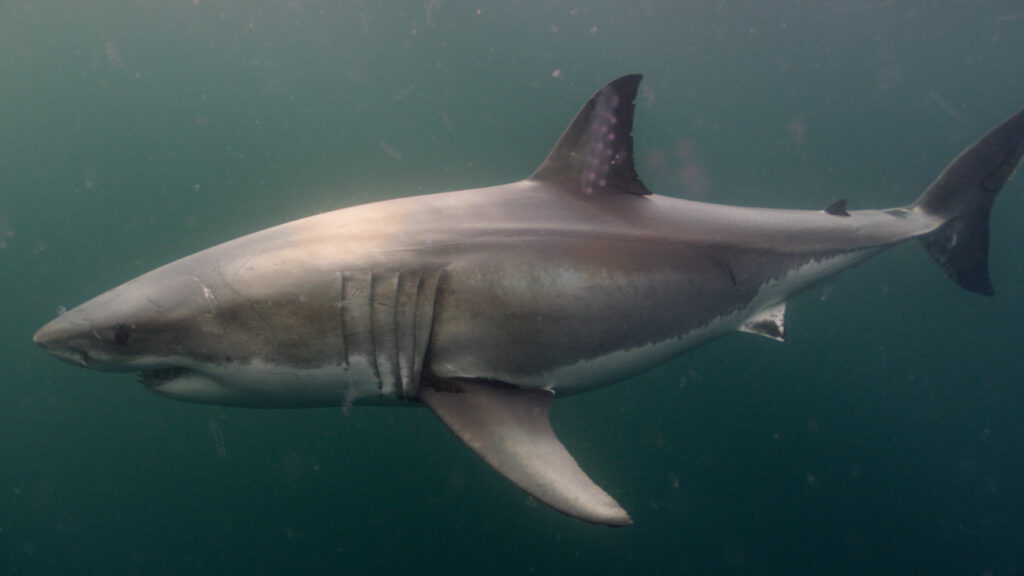
Wildlife
Jawsome: behind the scenes of Canada’s newest great white shark documentary
Korean-Canadian filmmaker Sonya Lee dives deep into the world of great white sharks for the latest documentary from CBC’s The Nature of Things
- 1781 words
- 8 minutes
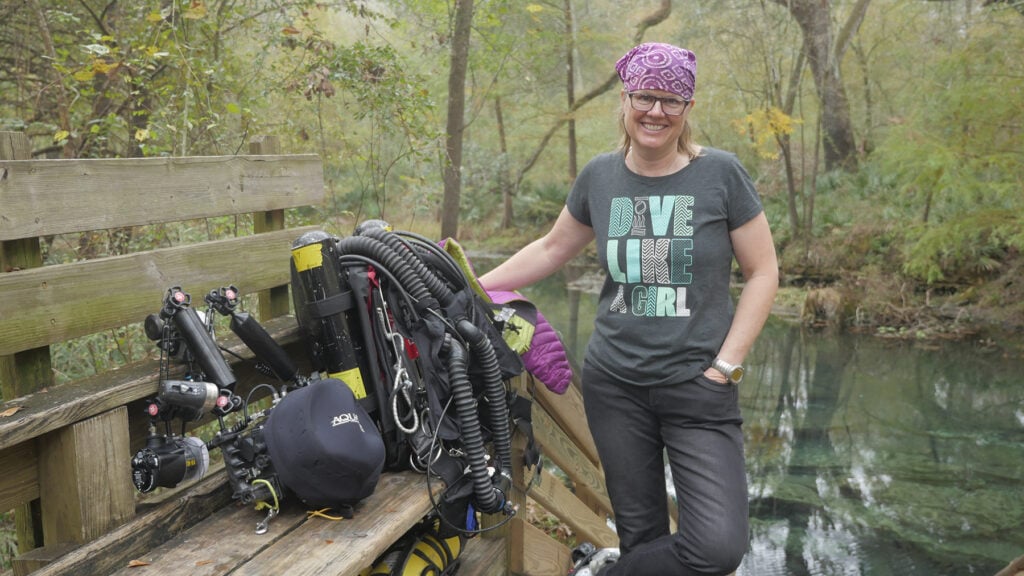
People & Culture
A conversation with RCGS Explorer-in-Residence Jill Heinerth
The RCGS Explorer-in-Residence discusses the underwater world of cave diving, the risks involved, pushing boundaries and more
- 1677 words
- 7 minutes
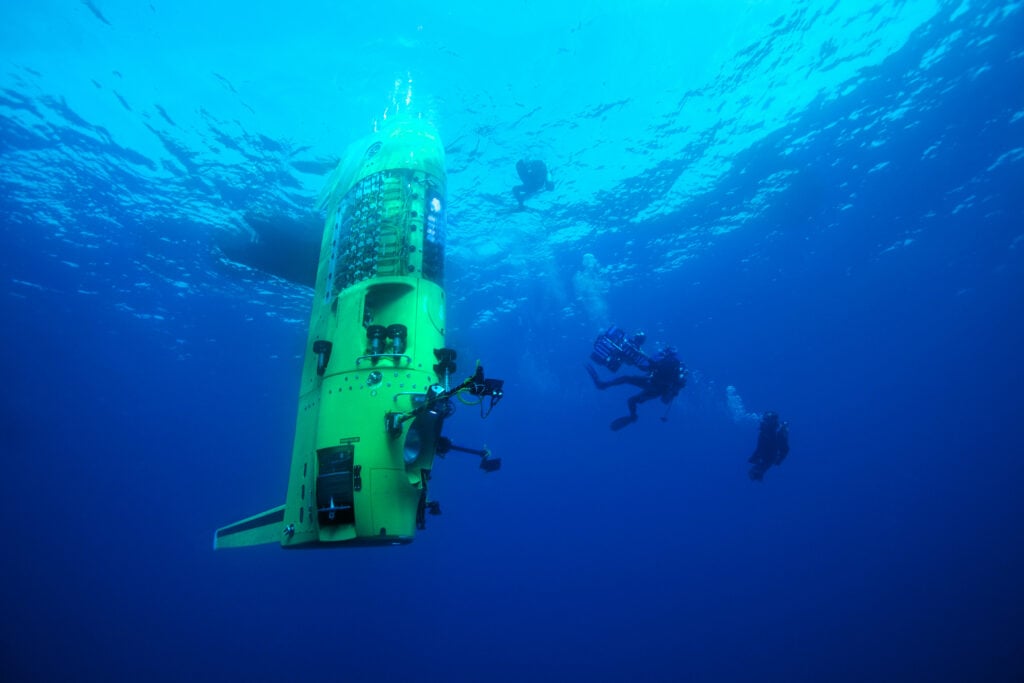
James Cameron Into the Abyss
PRESSURE
Extended until May 1!
Our planet is over 70 per cent water — primarily ocean water — yet we know more about the surface of the moon than we do the ocean. Explore the DEEPSEA CHALLENGER and dive into the future of ocean conservation at 50 Sussex Drive in Ottawa.
Culinary delights

People & Culture
Malaysian Chef Alex Chen makes Vancouver’s Michelin List
The Food Network Canada judge discusses how he found his passion for food, the backstory of his restaurant Boulevard and the key to his continued success as one of the country’s top chefs
- 1623 words
- 7 minutes

Travel
Experiencing Shellfish Fest on Canada’s Food Island
Oyster shucking, baskets of lobster and caesars galore, Prince Edward Island’s annual shellfish festival is the event for seafood lovers across the globe
- 666 words
- 3 minutes
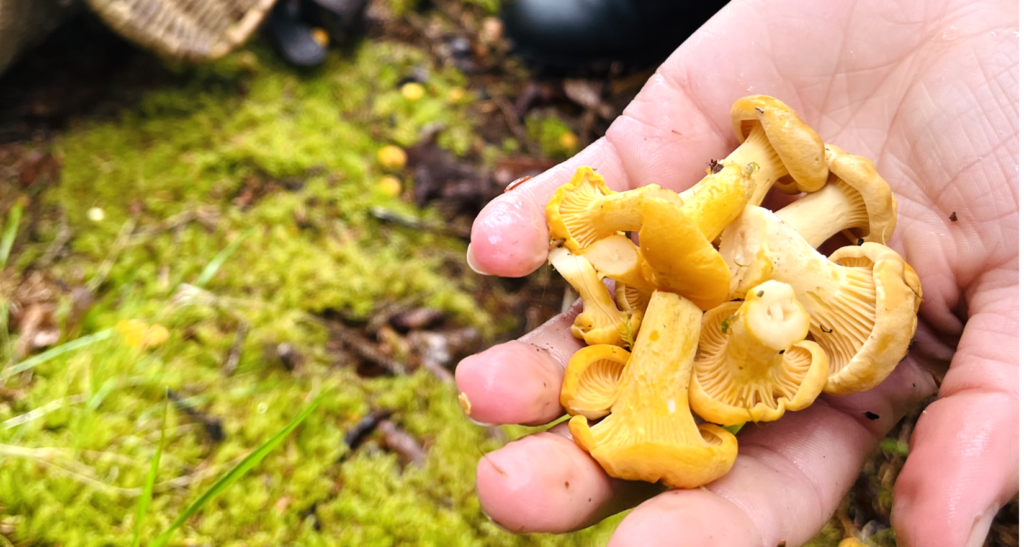
Travel
Feast and forage in Newfoundland
Making authentic connections with a local taste of food, culture, and nature
- 1064 words
- 5 minutes
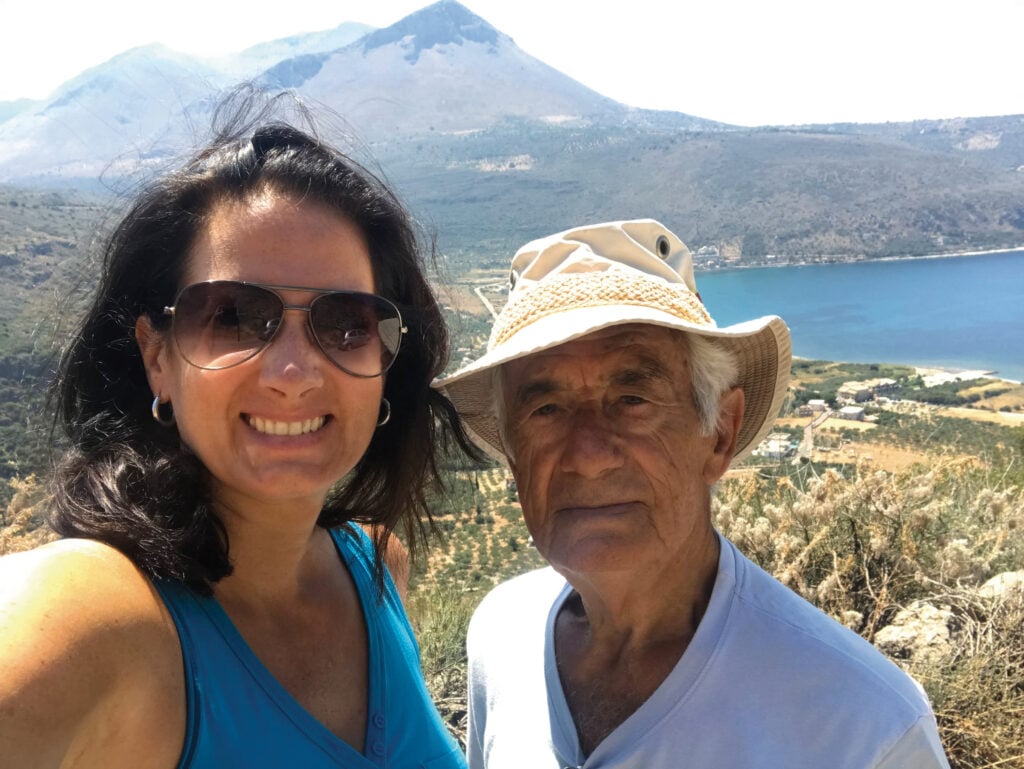
People & Culture
An appetite for life: A Greek immigrant’s journey of hearty food and hospitality
The story of Peter Kontolemos’ decision to open a steak restaurant in Mackenzie, B.C., as told by his daughter
- 1847 words
- 8 minutes
Listen

Exploration
Polar exploration and more with geoscientist Susan R. Eaton
Episode 80
Journey through the Arctic and beyond in this captivating and enlightening conversation with one of Canada’s greatest modern-day explorers
- 65 minutes
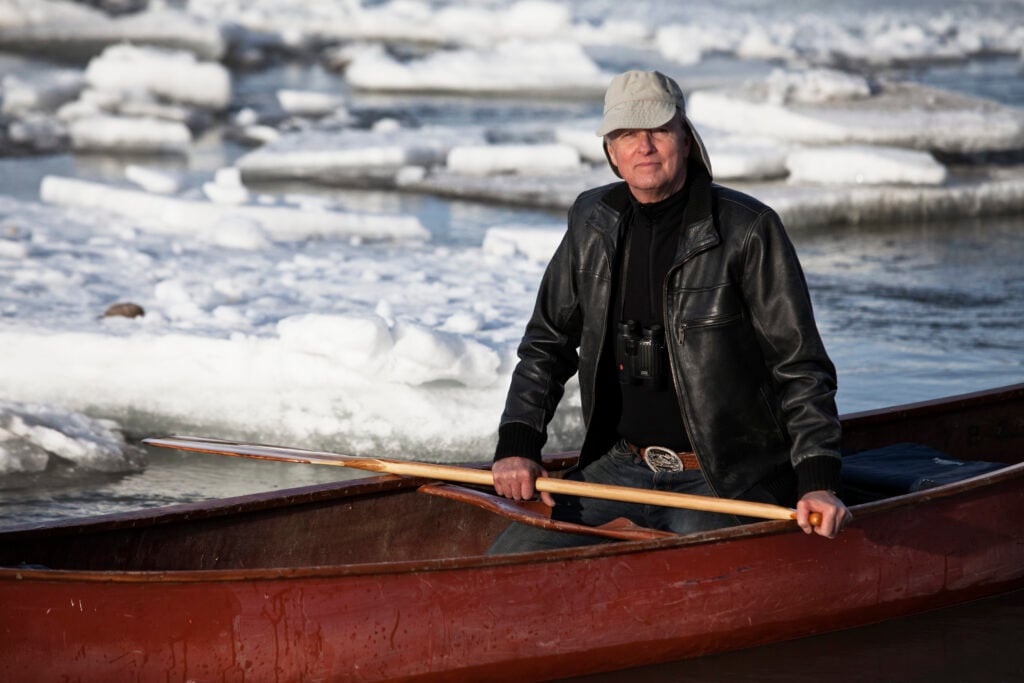
People & Culture
RCGS Fellow and naturalist Brian Keating on our natural world
Episode 79
Journey around the planet in this Explore episode with stories and insights from one of Canada’s most well-travelled wilderness adventurers
- 49 minutes
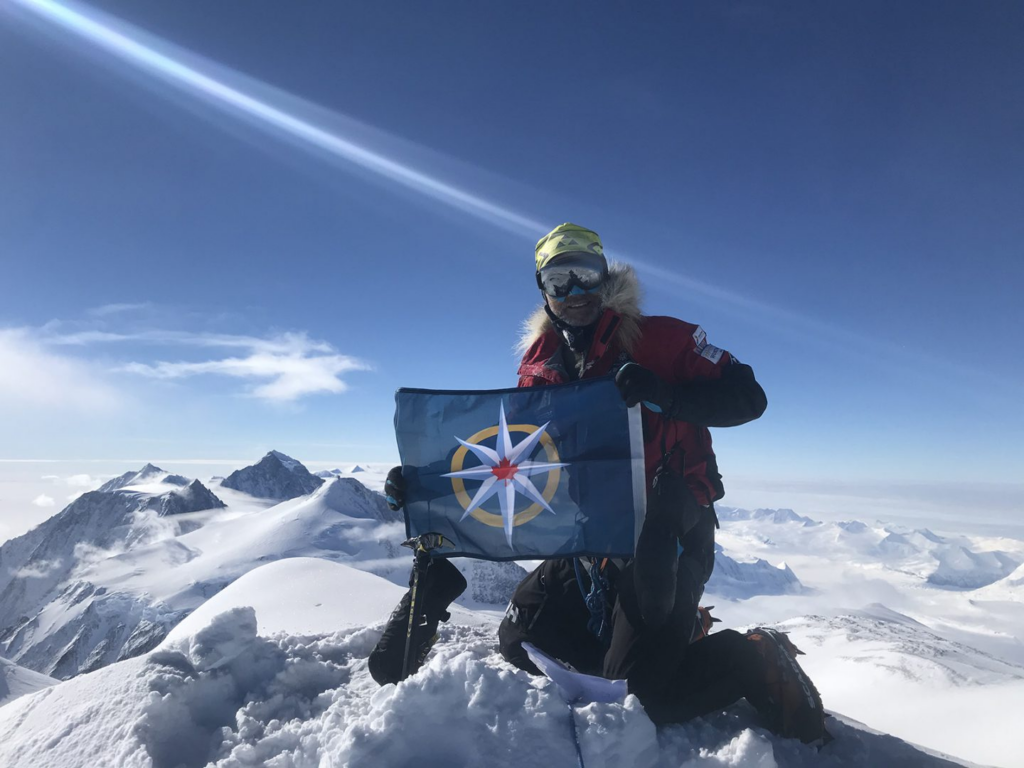
People & Culture
Laval St. Germain: Mountains, oceans and the Arctic
Episode 78
The RCGS Fellow and extreme adventurer talks about his epic journeys across the globe from the middle of the Atlantic Ocean to the top of Mount Everest
- 59 minutes

People & Culture
Passing the Mic, Part 3 — The students of Netsilik School, Taloyoak, Nunavut
Episode 77
Inuit youth from Canada’s most northerly community share their stories using their own voices and words
- 18 minutes

People & Culture
Passing the Mic, Part 2 — Taloyoak throat singers and hunters
Episode 76
In the second of three episodes from Taloyoak, Nunavut, podcast host David McGuffin speaks with young throat singers Joyce Ashevak and Martha Neeveacheak, as well as their classmate, hunter Roger Oleekatalik
- 27 minutes
Wildlife Wednesdays
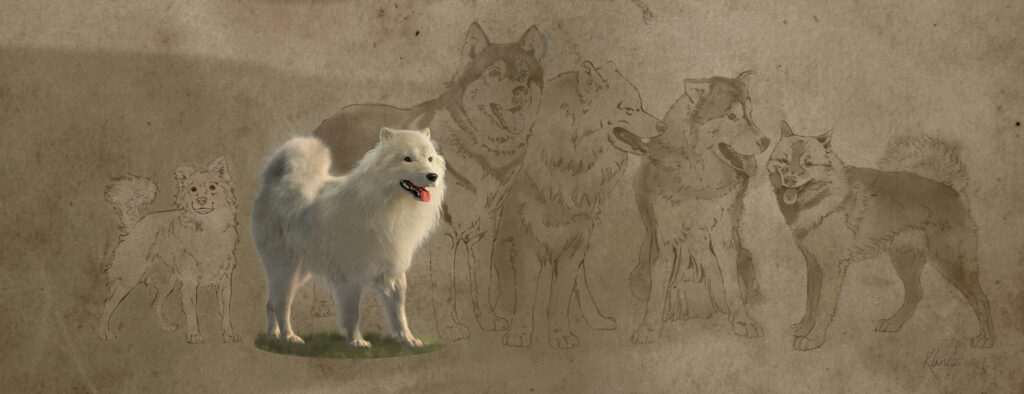
Wildlife
Wildlife Wednesday: revealing the life of the Coast Salish woolly dog through oral histories and ancient genomics
Plus: experience life as a Toronto raccoon, red-throated loons learn an icy lesson, and orca use icebergs to scratch their itches
- 828 words
- 4 minutes
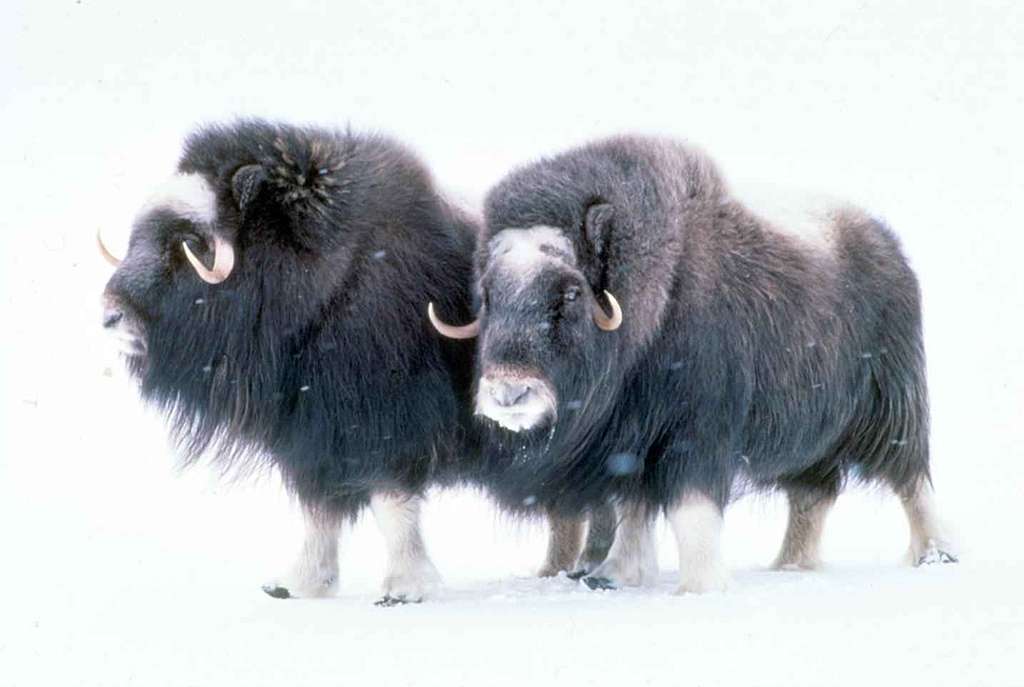
Wildlife
Wildlife Wednesday: can the mighty muskox survive its greatest test yet?
Plus: a sea lion and an octopus fight to the death, new luminescence discovered in sea cucumbers, volcanic winters may have caused dinosaur extinction, and the white bison gene is revealed.
- 986 words
- 4 minutes
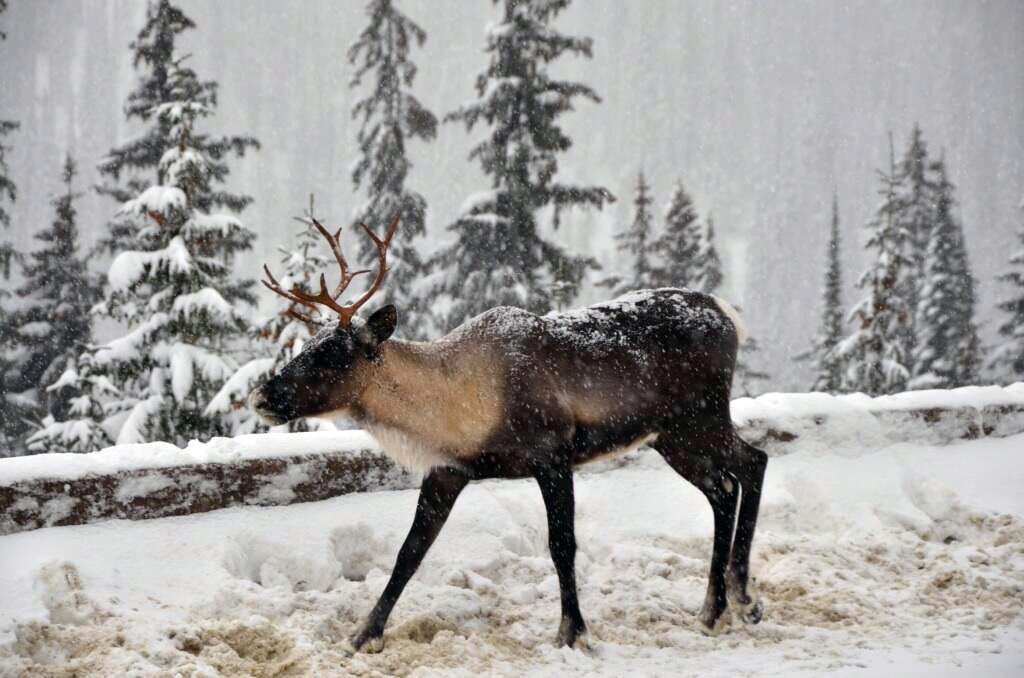
Wildlife
Wildlife Wednesday: How a pandemic heli-ski shutdown expanded the range of B.C. caribou
Plus: orca don’t love metal music, orangutans get new home at Toronto Zoo, Dominica protects ‘carbon heroes’ of the sea, and crickets boost acoustic efficiency in surprising ways
- 1067 words
- 5 minutes
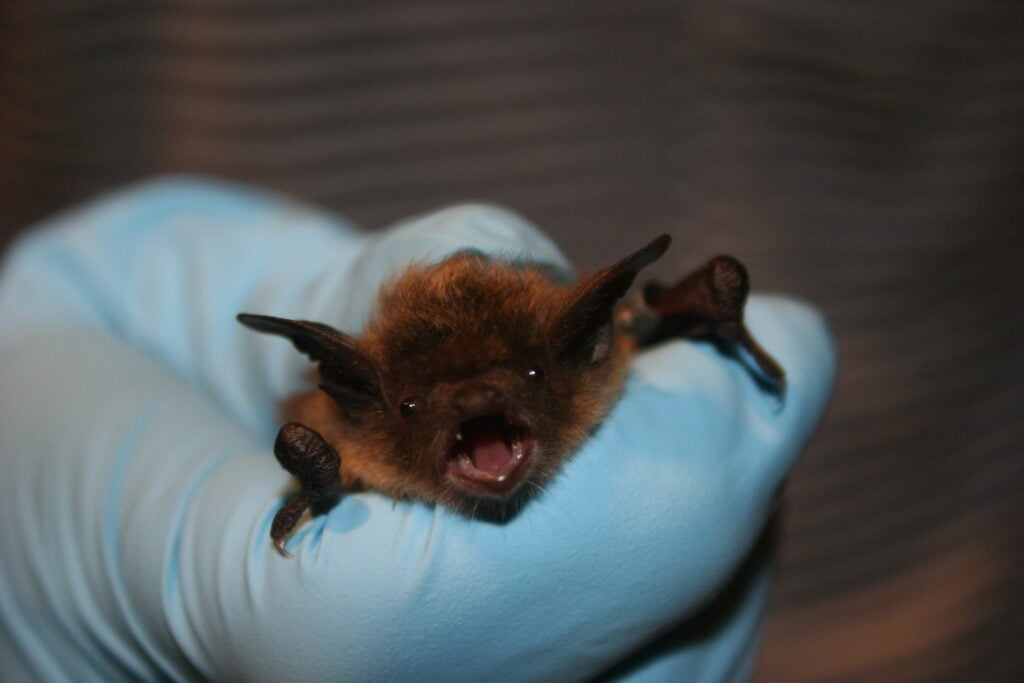
Wildlife
Wildlife Wednesday: can frozen “yogurt” save the little brown bat?
Plus: new K-pod whale is confirmed as female, black lynx identified for first time, goats winning the battle against sheep and the secrets of turtle hibernation are revealed
- 759 words
- 4 minutes


